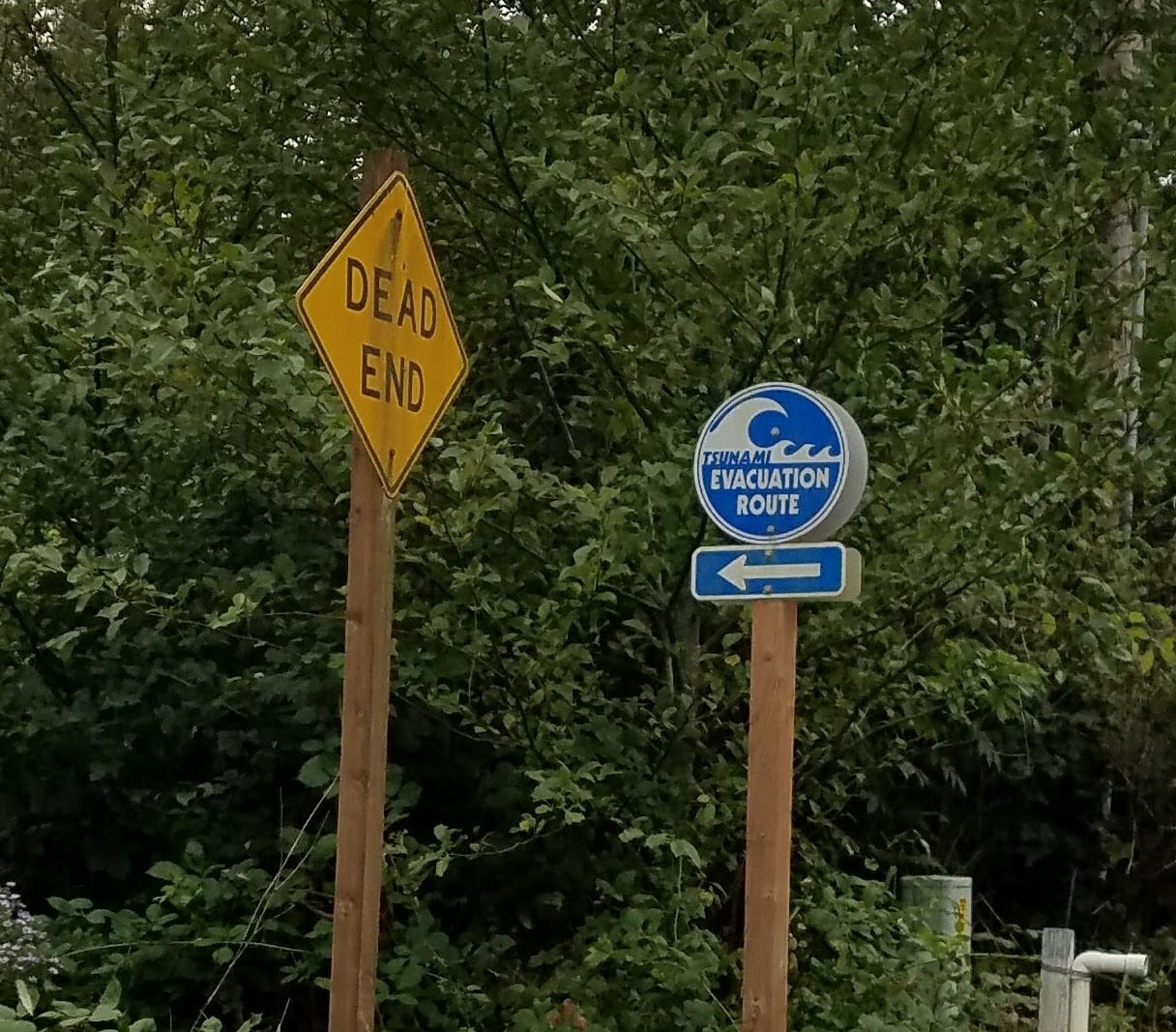Palliative Care and Structure to the "Or"
 Back in the early 2000s, when I served as director of the Palliative Care service at the University of Iowa Hospitals & Clinics, we, like the rest of the field, were looking for ways in which we could have an impact on individual patient’s experiences, hoping that this would grow to affect the care of more patients, even the attitudes of health care delivery throughout the institution. I am happy to say that the palliative care program at Iowa is growing and thriving, impacting patients and families individually and contributing new knowledge to the field of palliative care as a whole.
Back in the early 2000s, when I served as director of the Palliative Care service at the University of Iowa Hospitals & Clinics, we, like the rest of the field, were looking for ways in which we could have an impact on individual patient’s experiences, hoping that this would grow to affect the care of more patients, even the attitudes of health care delivery throughout the institution. I am happy to say that the palliative care program at Iowa is growing and thriving, impacting patients and families individually and contributing new knowledge to the field of palliative care as a whole.
Back then, we had two consistent sources of referrals: pain control for patients with head and neck cancer and management of the dying process for patients from intensive care units, especially those with devastating strokes and brain injuries. It was rewarding to assist in these challenging situations and to develop solid partnerships with these medical services, but there was a plethora of pressing needs beyond these niches.
One of these was the performance and quality of "goals of care" conversations throughout the hospital. In a large academic medical center with its population of complicated and desperately ill patients, these consultations with the patient and family caregivers (or other surrogates) are vital. The first goal of course is that these conversations happen at all. In the past century (and too often even today) the medical conveyor belt whisked patients along to the next destination, the next level of care, with little consideration of whether this is what the suffering person would desire. Fortunately, patient and family consultations over goals of care and preferences have become more and more part of the standard of care for patients with serious illness and practitioners are becoming increasingly competent in this skill or at least recognizing that it needs to be done and requesting a person or team with expertise to manage it.
 In the hospital setting, especially when adverse complications occur suddenly, these decisions often need to be made quickly, under the pressure of rapid developments and the understanding of life-threatening consequences. The hypothetical, “what would your choices most likely be if or when…” framing, the deep exploration of values and priorities becomes a luxury that urgency prohibits. No matter how compassionately the doctor
In the hospital setting, especially when adverse complications occur suddenly, these decisions often need to be made quickly, under the pressure of rapid developments and the understanding of life-threatening consequences. The hypothetical, “what would your choices most likely be if or when…” framing, the deep exploration of values and priorities becomes a luxury that urgency prohibits. No matter how compassionately the doctor presents the questions to the patient’s family, they usually only hear, “should we send Mom to the ICU, put her on a breathing machine, medications to keep her circulation going, and do whatever else her body requires to keep going?” This is a question without an alternative, an “or,” except the implicit “let her die,” with whatever imagery and guilt that generates in a loving family member’s mind.
presents the questions to the patient’s family, they usually only hear, “should we send Mom to the ICU, put her on a breathing machine, medications to keep her circulation going, and do whatever else her body requires to keep going?” This is a question without an alternative, an “or,” except the implicit “let her die,” with whatever imagery and guilt that generates in a loving family member’s mind.
I tried to teach that a large role of palliative care, an essential skill, whether delivered by our team in consultation or by the primary team with teaching and coaching, was to give some structure to the “or,” to explain and illustrate what a shift in goals of care to comfort and quality of whatever life was left would look like, whether they remained on their current ward, transferred to our Palliative Care Unit, or went home with hospice care. This allows whoever must make the decision to have a more informed choice, to be better able to weigh the scenarios in view of Mom’s values, and to make a decision with less guilt and distress.

